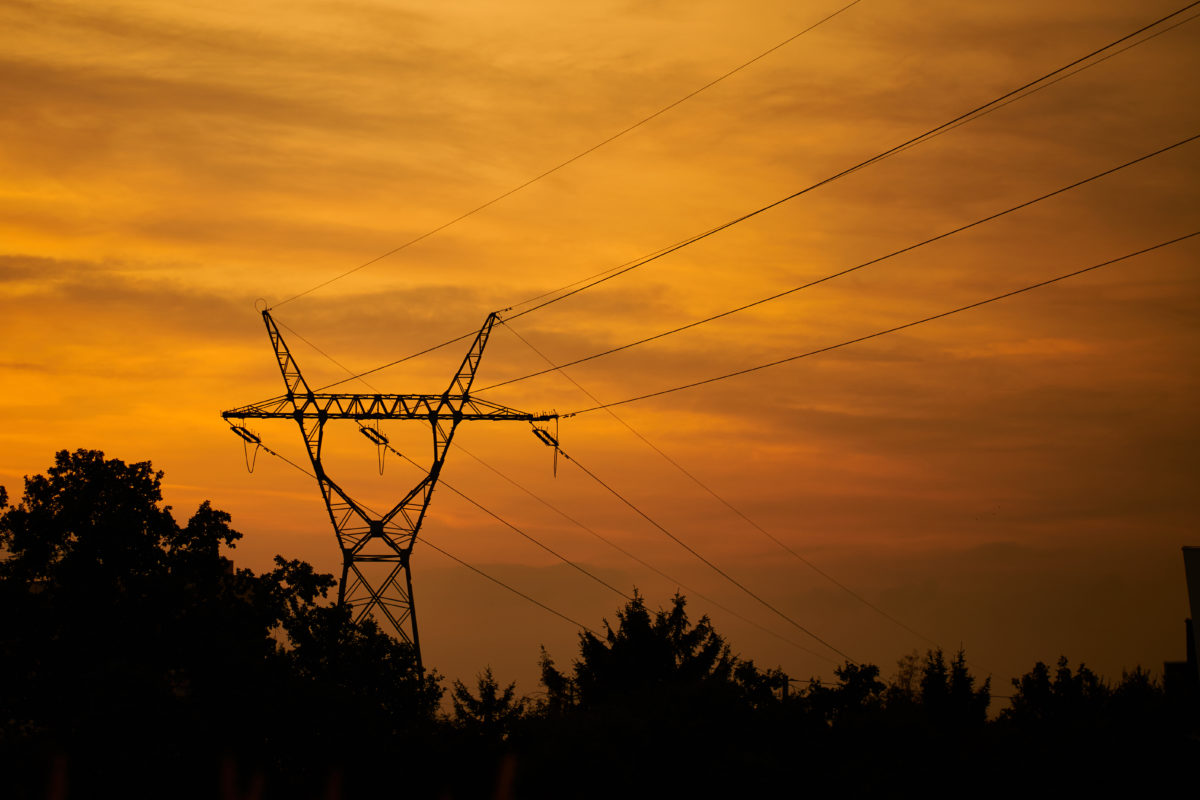Regulations that completely prevent PV curtailment could end up restricting the ability of grid operators to use solar power for ancillary services, according to new research by scientists from the U.S. Department of Energy’s National Renewable Energy Laboratory (NREL).
In “Too much of a good thing? Global trends in the curtailment of solar PV,” which was recently published in Solar Energy, the NREL team analyzed how PV curtailment is handled in four mature solar energy markets: Germany, Chile, the United States, and China. They found that in 2018, the curtailment of solar power in these countries hit 6.5 million MWh, to account for around 1% of total PV power generation.
Curtailment will become more common as future PV deployment increases. However, current grid and market practices in these key solar markets discourage curtailment, as it is considered a loss for PV plant operators.
“Some grid policies require utilities to compensate generators for curtailed output, and some interconnection policies prohibit systems from interconnecting if those systems will result in curtailment,” the researchers said. “Changing grid and technological contexts require a reexamination of the definition of curtailment and its stigma.”
The researchers identified three major trends across the four key markets. First, they found that policy and grid planning practices influence where and when curtailment is performed.
“In China, the initial structure of the feed-in tariff contributed to increasing curtailment in the northwest provinces,” the scientists said. “In Germany, compensation requirements for curtailed output likely keep curtailment lower in Germany than it would otherwise be without those compensation requirements.”
In California, network operator CAISO is extending the range of its balancing area through the creation of a regional energy imbalance market (EIM), the NREL team noted. As a result, some PV curtailment can be shifted to Arizona.
The second trend relates to geographical mismatches and limited transmission capacity, which can have a significant impact on near-team curtailment. “Geographical mismatches are at least partially responsible for relatively high curtailment in Chile, China, and Texas,” the scientists said.
They also noted that PV curtailment follows seasonal patterns. “PV curtailment tends to peak in the spring and fall, when PV output is relatively high but load is relatively low,” they said.
In addition, the research team noted that PV curtailment could be optimized by increasing grid/load flexibility, deploying more storage, and enhancing regional coordination.
“As PV curtailment becomes an increasingly common and perhaps valuable component of PV deployment, grid operators and planners may need to shift from a stance of curtailment prevention toward curtailment management,” the NREL researchers said.
This content is protected by copyright and may not be reused. If you want to cooperate with us and would like to reuse some of our content, please contact: editors@pv-magazine.com.




1% losses to curtailment are barely a blip in the spreadsheet. Let’s consider a worst case with 50% curtailment, far above anything being seriously suggested today. If the raw LCOE is 2c/kwh, losing half the potential output raises that to 4c/kwh: still affordable to customers, still probably below old coal, possibly similar to a gas peaker turbine running at a 10% CF.
Overbuild plus planned curtailment is economically an alternative to bulk storage. Doubling the raw LCOE to get a 24/7 assured supply is quite acceptable.Yes, I do realize that building some storage will be cheaper than relying entirely on overbuild.
The main objective behind use of Solar Power is because it DOES NOT POLLUTE causing Pre-Mature Death and DALY of Suffering.
Everytime Solar Power is “curtailed, restricted, etc…” in lieu of “Grandfather Clauses” of Polluting Plants on curtailment, it is a slap in the face of the above and newer victims that succumb to Pollution.
At present, Solar Power, no matter how much and when it produces, is ALWAYS “Sharing the Grid Burden” with Polluting Fossil and Nuclear Plants. Unfortunately, if due to the above historical “arrangments” Clean Solar is curtailed as Polluting Plants continue to…. Pollute instead of being curtailed, how does this make ANY SENSE??
I agree, once SOLAR ALONE is carrying the FULL BURDEN of the Grid (no Polluting Fossil, Nuclear or even Hydro Plants are Operating) .. their “curtailment” would/could be appropriate.
However, that day is still far away and hopefully Energy Storage would have picked up by then to fo its job….. to Store Excess or Scheduled Energy…
Regulatory Authorities have to decide which is more important for Society…. People’s Health or their Suffering, possibly leading to Pre-Mature Death.
If “Grandfather Clauses” and Rights are preventing curtailment of Polluting Facilities, seperate Compensation Mechanism maybe in order; but for heavens sake don’t place Polluting Priveleges ahead of Societal Health.
Just like controlling Demand or eliminating Energy Waste is the best Solution for Pollution, similarly not curtailung Solar Non-Polluting Plants should ALWAYS be the “obvious choice” over Fossil / Nuclear Facilities.